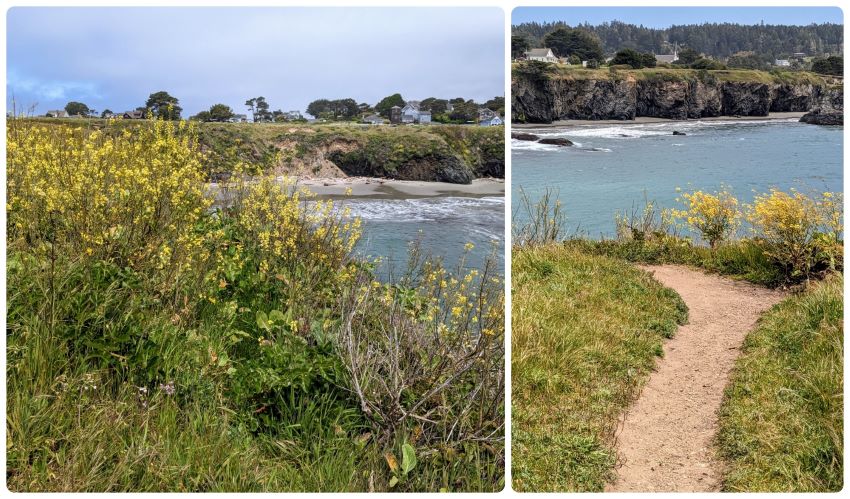Rain's prompt this week is "petals". To me that means flowers - a good opportunity to show you my garden beside all the poppies I blogged about last time.
May is one of the most exciting months in the garden in my corner of the world. In this month, the gardens explode in blooms. Many plants are already past their prime like French lilac and the spring flowers like tulips. They bid farewell a while ago.
Since you already saw the many poppies in my garden, here are just a few examples, including the stunning Lauren's Grape. Mine had a lighter pink-lavender, but usually they are darker. I had quite some of them last year, but only a few came back this year.
Salsify (Tragopogon porrifolius) is a wildflower with edible root and herbal properties and is feeling very much at home in my garden. It has this huge seedhead and this year, I will try to cut off most of them before they actually get to this stage. In the right picture you can see the tall stalks of salsify - yes, there are a lot.
Another plant that has multilpied through seeds since I first planted it a few years ago is Clary sage (Salvia sclarea), but strangely enough it only sticks to the part of the garden in front of the kitchen. I tried to get it grow in other parts, without any success. It is super drought tolerant and keeps a long time. Spiders like to hang out on the leaves.
Despite the wet and colder than usual winter my peonies underperformed this year. I was a bit disappointed, but am delighted about the few flowers they did get.
Last fall I planted native lupines - it's a dwarf silver bush lupine (Lupinus albifrons). I didn't expect much so soon after putting it in the ground, but was very happy when I saw the first few blooms. It's a stunning flower and I plan to plant more of them. It's living close to my young olive tree that unfortunately the deer love to snack on.
The spider was watching over the ladybugs making new little ladybugs on top of the yarrow "Moonshine" - garden porn!
I love sage (salvia gregii) - they're easy, very aromatic and loved by hummingbirds and bees alike. You can't really go wrong with them as long as they don't get too much water (which never happens in my garden apart from Mother Nature going a bit wild in the winter).
Some more salvia - nemorosa in this case. They have never been as beautiful as this year.
This I didn't plant - you probably all know this plant well enough. It's Flatweed (Hyochaeris radicata) and has settled uninvited. However, it's one of the first flowers that bees and other pollinators go to in the spring and therefore it's welcome here. I adore the rich golden yellow.
Digitalis is a flower that doesn't really belong to California, however, I did try to plant it last year (they're biennial) in a very weak moment and two of them survived. After they're gone I will dig them up and put in the compost bin since I don't really want them in my garden. What was I thinking?
Apricot mallow (Sphaeralcea ambigua) on the other hand is well suited for this garden. It is very drought tolerant and I first got the idea of trying it out after I had seen it in the desert. It is also called desert mallow for a good reason.



.jpg)


























































.jpg)
















.jpg)